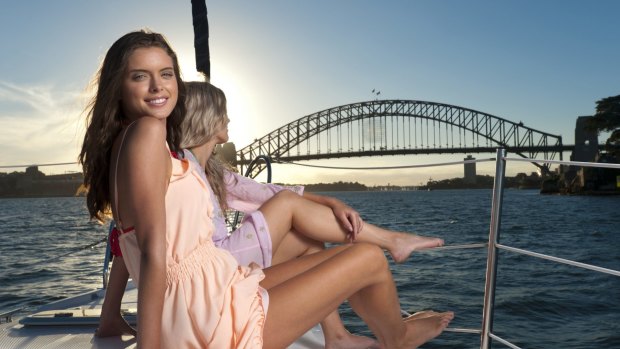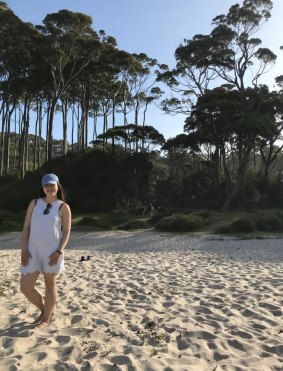This was published 3 years ago
Millennials and Australia domestic tourism: How much does a holiday at home really cost?
By Annie Dang

It's a no-brainer: Travelling Australia is expensive at any age.Credit: iStock
There's been a big focus around young travellers and their travel habits over the past few years, and even more so now in a pandemic. As a millennial, reading about it has evoked everything from "I don't care" to wanting to pick at every statistic.
There's always new research, a new trend, a new fad, that sheds a new light on being "millennial". Mostly we are told we're ego-focused, Instagram-hungry travellers who don't like to "rough it". But among the insights, there is some more flattering research that claims we're more socially and environmentally aware as a collective age-group - one that has grown up recycling and watching pro-environment cartoons like Widget and Captain Planet.
Travel is arguably ego-focused for anyone at any age. After all, the very nature of travel is to pursue enjoyment, self-learning and pleasure. And while millennials are all on Instagram; we don't live by it. We have jobs and professions and yes, we do rough it when we travel. I've stayed in a 12-person dorm for less than $15 a night and have used many squat toilets with various things floating in them. But of course, we prefer to have a nice holiday, like everyone else, if we can.

Annie Dang will spend close to $7000 on domestic trips this year. Pictured in Depot Beach on NSW's south coast in November.Credit: Angus Henson
It comes as no surprise each time I read a story on millennials holding out on booking domestic travel, waiting for international borders to open so their savings can provide more value per dollar. It makes perfect financial sense; more bang for your buck. After all, it's what we keep being told to do - save.
But, even so, the truth is millennials are actually spending their hard-earned cash on domestic travel. Just ask us. Or you can check on Instagram. I've booked and planned three trips so far – Mt Irvine in June, Nelson Bay and Berry in July, and the Snowy Mountains and Batemans Bay in November. All of which, I paid for out of my own pocket. The costs totalling close to $5000 ($4673 from the receipts and spending tracker I have on my commbank app). There's also a trip booked over Christmas to Mossy Point, with a side trip to Melbourne tagged on. That'll inch my domestic travel spend closer to $7000 from March this year to the end of the year.
Yes $7000 seems like a sizeable chunk of my income after tax (more than 10 per cent) to spend on domestic travel, especially in 2020. It exceeds the "splurge" or short-term savings amount recommended by Scott Pape in The Barefoot Investor, which suggests 10 per cent of your income should be allocated to this category (note: these were pre-pandemic suggestions). And it exceeds the amount the average Australian spent on an overseas trip in 2019 ($4750, equal to 7.6 per cent of the average yearly income) as noted in Insurance provider Budget Direct Average Holiday Cost Statistics 2020.
Now, if you're doing the maths: I'm spending about $1200-$1300 per trip ($240-$260 per night) that includes accommodation, attractions, eating out, purchases and petrol. I own a car, so that amount doesn't include car maintenance, insurance and registration. So apply my spend of $240-$260 per night; that's a minimum $47 more than the $193 per person per night figure stated in the above report.
Travelling in Australia is more expensive than travelling overseas. It's a fact we all know - young and old. For the cost of my $7000 I could have taken one big domestic trip or a European summer holiday (my two-week trip to Japan in November last year cost about $3500, including flights and hotels).
But the cost of travelling Australia won't stop younger travellers; we'll find ways of doing it because we love travel, wherever it takes us. And we are just as keen to support our tourism sector and our regional economies - both of which are $7000 better off thanks to my 2020 holidays - as older travellers are. And I, too, am better off. Travel is never wasted as it can provide memories and experiences that can last forever.
While spending more than 10 per cent of my income on domestic travel in a pandemic may seem like a lot, expanding your own horizons can provide great memories for leaner times. And remember, a lot of people lost their jobs this year, including many millennials.
See also: Letters: $778 for one night - how did Australia get so expensive?
Sign up for the Traveller newsletter
The latest travel news, tips and inspiration delivered to your inbox. Sign up now.